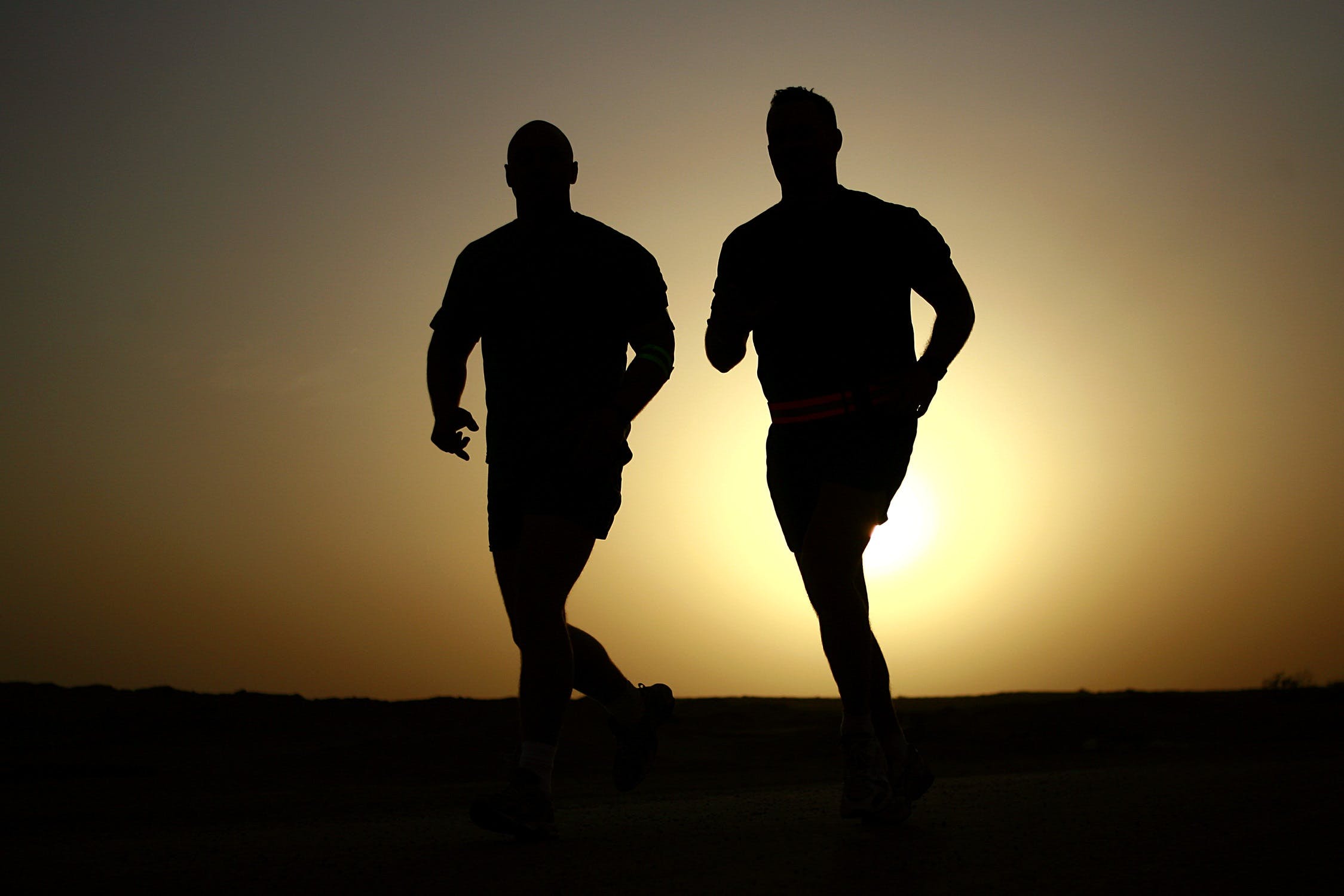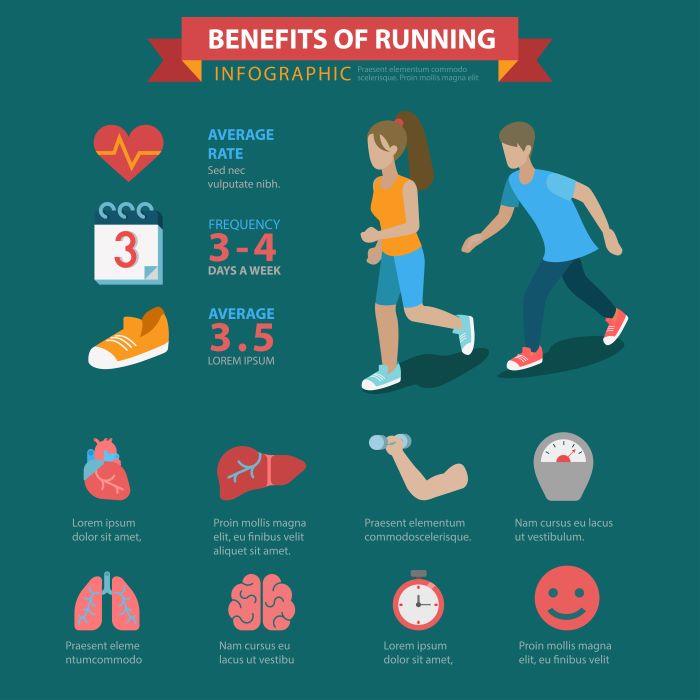When it comes to yoga half marathon training, the benefits extend far beyond simply improving your physical endurance. This innovative approach combines the principles of yoga with traditional running techniques, creating a holistic training regimen that enhances both body and mind.
Here are some key benefits of incorporating yoga into your half marathon training:
- Enhanced Flexibility: Regular yoga practice increases your range of motion, which can lead to improved running form and reduced risk of injury.
- Mental Clarity: Yoga emphasizes mindfulness, helping runners to focus better on their goals and manage race-day anxiety effectively.
- Improved Breathing Techniques: Yoga teaches proper breathing, which can enhance oxygen intake and efficiency during long runs.
- Strengthening Core Muscles: A strong core is essential for maintaining posture and stability while running. Yoga helps to build core strength, contributing to better overall performance.
- Faster Recovery: The gentle stretching and relaxation techniques in yoga promote quicker recovery post-runs, reducing muscle soreness and fatigue.
By integrating these benefits into your training plan, you can unlock your full potential as a runner. Visit our website to learn more and get started today! Click here.
Creating a Balanced Training Schedule for Success
Creating a balanced training schedule is essential for successful yoga half marathon training. A well-structured plan not only keeps you motivated but also ensures that you develop stamina, strength, and flexibility without risking injury. Here are some key components to consider when designing your training schedule:
- Incorporate Variety: Include different types of workouts such as long runs, speed work, and yoga sessions. This variety prevents monotony and helps target different muscle groups.
- Plan Recovery Days: Your body needs time to recover. Schedule rest days or light yoga sessions to allow your muscles to heal and rebuild.
- Gradual Progression: Increase your mileage and intensity gradually. A common guideline is to increase your total weekly mileage by no more than 10% to avoid overtraining.
- Cross-Training: Incorporate other forms of exercise like cycling or swimming to enhance cardiovascular fitness while giving your running muscles a break.
- Listen to Your Body: Pay attention to how your body feels. If you’re experiencing pain or fatigue, adjust your training schedule accordingly to prioritize your health.
By implementing these strategies, you can create a balanced training schedule that sets you up for success in your yoga half marathon journey. This thoughtful approach not only builds physical strength but also fosters a positive mindset, empowering you to tackle your running goals with confidence.
Incorporating Yoga Poses to Enhance Endurance

Incorporating yoga poses into your yoga half marathon training can significantly enhance your endurance and overall performance. Yoga not only improves flexibility but also helps with mental focus and breath control, which are crucial for long-distance running. Here are some effective yoga poses that can aid your endurance:
- Warrior II (Virabhadrasana II): This pose builds strength in the legs and core while enhancing stamina. It helps runners maintain a stable posture and improves balance.
- Downward-Facing Dog (Adho Mukha Svanasana): This pose stretches the hamstrings and calves, relieving tension and promoting blood flow to the legs, essential for recovery.
- Pigeon Pose (Eka Pada Rajakapotasana): A fantastic hip opener, this pose alleviates tightness in the hips and glutes, which can be a common issue for runners.
- Bridge Pose (Setu Bandhasana): Strengthening the back and glutes, this pose fosters better posture and alignment, crucial for maintaining endurance during long runs.
- Tree Pose (Vrksasana): This balancing pose improves focus and concentration, allowing you to maintain mental clarity for longer distances.
Integrating these yoga poses into your training routine can lead to improved performance and reduced risk of injury. Aim to practice these poses regularly, ideally after your runs or on recovery days, to reap the full benefits of enhanced endurance and flexibility.
Essential Nutrition Tips for Runners and Yogis

Nutrition is a foundational element in any yoga half marathon training regimen, fueling both your body and mind for optimal performance. A balanced diet tailored to your training needs can enhance endurance, speed recovery, and improve overall health. Here are some essential nutrition tips for runners and yogis:
- Carbohydrates for Energy: As a primary energy source, carbohydrates should comprise a significant portion of your diet. Opt for whole grains, fruits, and vegetables to provide sustained energy during your workouts.
- Protein for Recovery: Consuming adequate protein helps repair muscles and aids recovery. Include lean meats, fish, dairy, legumes, and nuts in your meals to support muscle health.
- Healthy Fats: Incorporate sources of healthy fats, such as avocados, nuts, and olive oil, to help with inflammation and provide long-lasting energy.
- Hydration: Staying hydrated is crucial, especially during long runs. Aim to drink water throughout the day, and consider electrolyte drinks during prolonged exercise sessions to replenish lost minerals.
- Timing Your Meals: Pay attention to when you eat. A well-timed meal or snack before and after your training can optimize performance and recovery. Aim for a carbohydrate-rich snack about 30 minutes before running and a combination of carbs and protein within 30 minutes post-exercise.
By focusing on these nutrition principles, you can support your body’s demands as you progress through your yoga half marathon training. Embrace wholesome foods that nourish your body and enhance your performance on the trails.
Preventing Injuries During Your Training Journey

Injury prevention is a critical aspect of any yoga half marathon training program. As you increase your mileage and incorporate various workouts, the risk of injuries can rise. Here are several effective strategies to help you stay injury-free:
- Listen to Your Body: Always pay attention to how your body feels during training. If you experience pain or discomfort, take a step back and assess whether you need to rest, modify your routine, or seek professional advice.
- Gradual Progression: Avoid the temptation to push too hard too quickly. Increase your mileage and training intensity gradually, following the 10% rule—never increase your weekly mileage by more than 10% to minimize strain on your body.
- Cross-Training: Incorporate cross-training activities such as cycling, swimming, or yoga into your routine. These activities can enhance your overall fitness while providing a break from the repetitive impact of running.
- Proper Warm-Up and Cool Down: Begin each training session with a dynamic warm-up to prepare your muscles and joints for the workout. Similarly, cooling down after your run helps reduce muscle tightness and aids recovery.
- Invest in Quality Gear: Wearing the right footwear is crucial. Invest in a good pair of running shoes that provide adequate support and cushioning, and replace them regularly to avoid wear-related injuries.
- Incorporate Flexibility and Strength Training: Regular yoga sessions can improve flexibility and balance, while strength training builds the muscles that support your joints, reducing the risk of injuries.
By implementing these strategies, you can create a robust training plan that prioritizes safety and longevity in your yoga half marathon training. Consistency and mindfulness are key to enjoying a successful and injury-free journey.
Joining a Community for Support and Motivation

Joining a supportive community can significantly enhance your experience during yoga half marathon training. Engaging with like-minded runners and yogis not only provides motivation but also fosters a sense of belonging. Here’s why being part of a running community is beneficial:
- Accountability: When you are part of a group, you are more likely to stick to your training plan. Knowing that others are counting on you to show up for group runs or yoga sessions can keep you committed.
- Shared Knowledge: Training with others allows you to exchange tips and experiences. You can learn from fellow runners about effective training techniques, injury prevention, and recovery strategies, enriching your own training regimen.
- Encouragement and Motivation: On days when motivation runs low, being surrounded by enthusiastic peers can reignite your passion for training. Celebrating others’ achievements can inspire you to push through your own challenges.
- Social Connections: Running is often seen as a solitary pursuit, but it doesn’t have to be. Connecting with others who share your interests can lead to lasting friendships that extend beyond training.
- Participate in Events: Many running communities organize events, races, and fun runs. These gatherings can provide a sense of purpose and excitement, giving you something to work towards as you train.
To experience these benefits firsthand, consider joining our vibrant running community at Run Just For Fun. Here, you can explore tailored workouts, conquer trails, and find the support you need to thrive in your yoga half marathon training. Visit our website to learn more and get started today! Click here.


